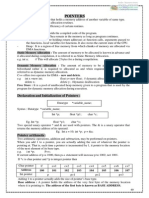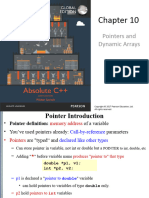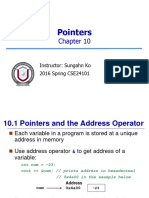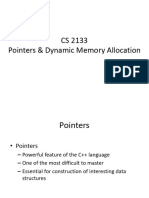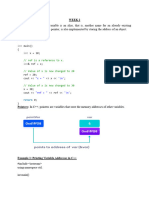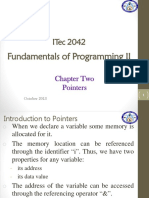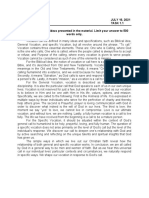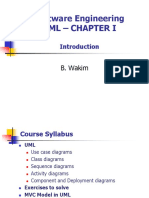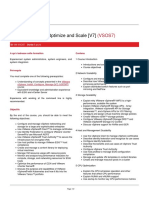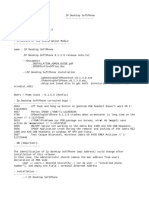0% found this document useful (0 votes)
55 views41 pages00b Review 2 C++ Programming 2
This document provides an overview of pointers and memory management in C++. It discusses pointers and how they store memory addresses. Dynamic memory allocation with new and de-allocation with delete is covered. Pointers can be assigned, compared, and used as function parameters and return values. Dangling pointers occur when a pointer refers to memory that has been freed, leading to potential errors. Proper use of new and delete is important for memory management.
Uploaded by
CRMSNCopyright
© © All Rights Reserved
We take content rights seriously. If you suspect this is your content, claim it here.
Available Formats
Download as PDF, TXT or read online on Scribd
0% found this document useful (0 votes)
55 views41 pages00b Review 2 C++ Programming 2
This document provides an overview of pointers and memory management in C++. It discusses pointers and how they store memory addresses. Dynamic memory allocation with new and de-allocation with delete is covered. Pointers can be assigned, compared, and used as function parameters and return values. Dangling pointers occur when a pointer refers to memory that has been freed, leading to potential errors. Proper use of new and delete is important for memory management.
Uploaded by
CRMSNCopyright
© © All Rights Reserved
We take content rights seriously. If you suspect this is your content, claim it here.
Available Formats
Download as PDF, TXT or read online on Scribd
/ 41




